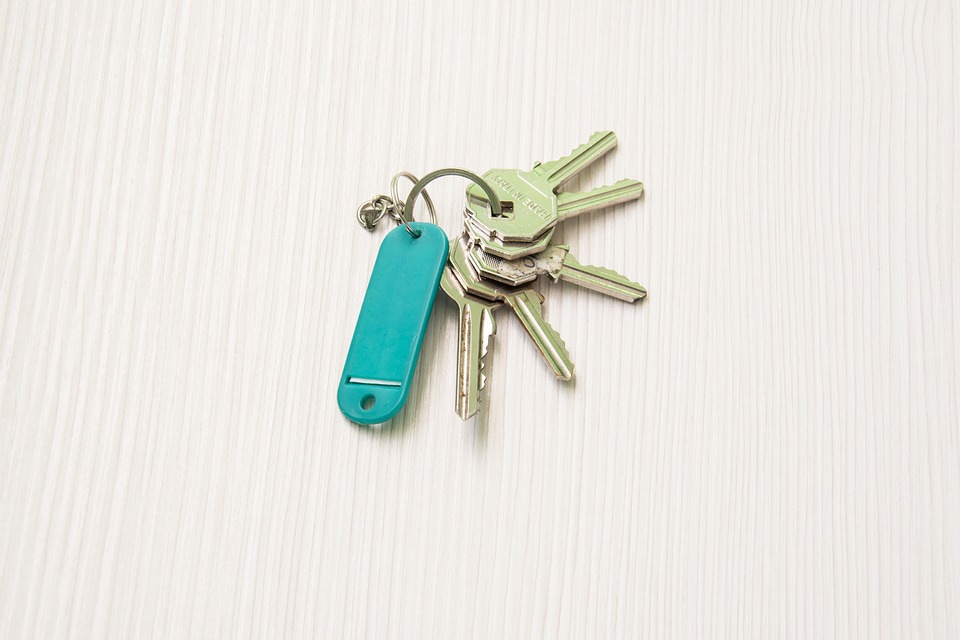The recent Budget stimulated an 80% rise in buyer demand for property compared to the four-year average, according to Zoopla’s monthly House Price Index.
Despite this, the supply of new homes is down 13%, compared to the 2020 average.
Zoopla outlined that the volume of homes for sale is expected to recover as the COVID-19 vaccination programme continues to gather pace and the Prime Minister’s roadmap out of lockdown comes into effect.
From a national perspective, average home values are up 4.1% since the start of the first lockdown, amounting to £8,907 on the year or £750 per month.
While annual house price growth is down slightly from 4.4% last month, this marks the fourth consecutive month of house price growth over 4%.
To find out more about how we can assist you with your Mortgage requirements, please click here to get in touch
Regionally house price growth in the Midlands, North of England, Wales and Scotland are at an almost 10-year high, fuelled by the relative affordability in these markets.
At a city level, Liverpool and Manchester continue to show the strongest levels of annual house price growth, up 6.6% and 6.4% respectively.
Sales agreed are up 5.3% compared to the same period in 2020, and the average time to sell a property in the UK has fallen by nearly a week across the UK excluding London, down from 50 days in 2020 to 44 days.
In contrast, London is the only region in the UK where properties are taking longer to sell.
The North East and the North West have recorded the highest reduction in time to sell on a regional level, falling by 17 days and 12 days, respectively.
At the same time, the North West and Yorkshire and the Humber are the fastest moving markets in the UK, with sales agreed on properties in an average of just 38 days from the point of listing.
The index also revealed that houses are selling three weeks faster than flats.
The lockdown-led ‘search for space’ means houses are taking an average of 42 days to go from the point of listing to sale agreed, this compares to 62 days for a flat.
Demand for three-bed homes rose by 30% in the week after the Budget, in relation, the average value of a house has risen by 4.9%.
Meanwhile, the average price of a flat has increased by 1.9% over the same timeframe.
An estimated 130,000 properties for sale in England will be stamp duty free for another six months following the Budget which will amount to £123m saved in tax.
Overall, Zoopla anticipates that more than half a million buyers this year will benefit from some level of stamp duty relief.
Read about the UK Housing Market via our Specialist Residential & Buy to Let Division
David Ross, managing director of Hometrack, said: “The 95% LTV mortgage guarantee scheme and the stamp duty extension outlined in the Budget have led to a spike in buyer demand, which was up 24% in the days following the announcement.
“The stimulus provided by the mortgage guarantee scheme will likely promote a similar increase of uptake of higher equity loans from the knock-on in demand up the property chain.
“With time to complete standing at around four months, buyers in the North of England look set to benefit the most – with two-third of local stock under £250,000 in value, and therefore always exempt from stamp duty.
“While prospects for the wider housing market have improved on the back of the Budget, the post-lockdown path to the full reopening of the economy and unwinding of support measures will still have a big impact.
“Therefore, we still expect house price growth to moderate later in the year, but overall transactions look set to get an additional boost from the stamp duty measures.”
Nigel Purves, chief executive of Wayhome, added: “With a full year of lockdown behind us, there has been increased momentum in the housing market ahead of the busy Spring period.
“Indeed, house prices were up by 4.9% year on year and flats were also up by 1.9% over the same period.
“Over the coming months with offices, shops and restaurants set to reopen, we may witness some individuals turning back to connectivity and convenience, while others continue their ‘search for space.
“While the introduction of 95% loan-to-value mortgages may bring hope to those wanting to step foot on the ladder, affordability remains a serious problem.
“There are many households whose incomes still won’t meet the criteria for mortgage approval, despite their ability to consistently pay rent on the kind of homes they would like to buy.
“Going forward, the government needs to work with the property industry to better support alternative routes to help ‘reluctant renters’ achieve homeownership.”
By Jake Carter
Source: Mortgage Introducer
Discover our Mortgage Broker services.




